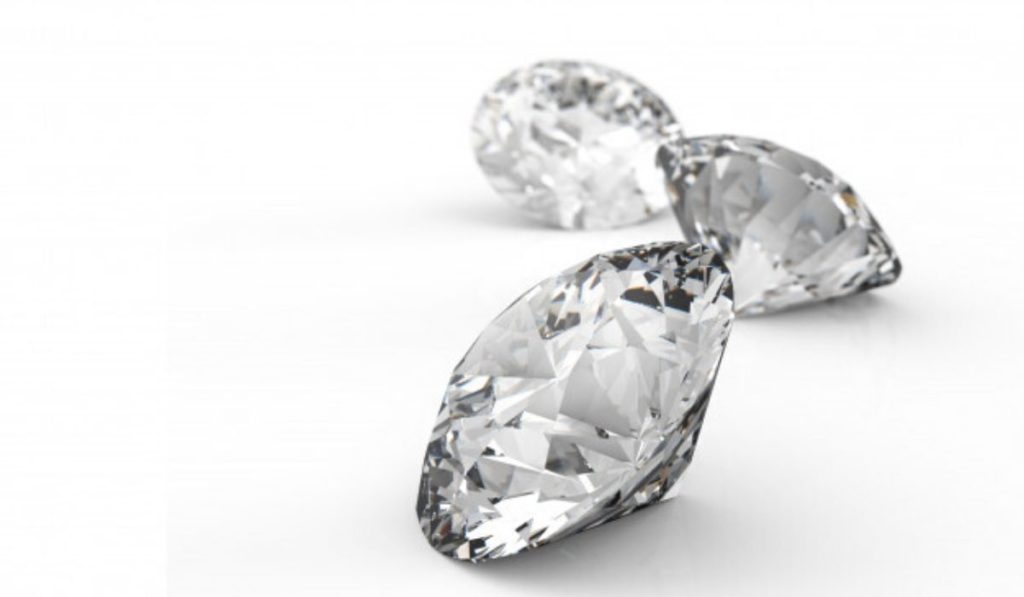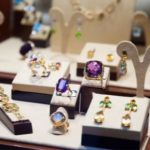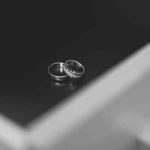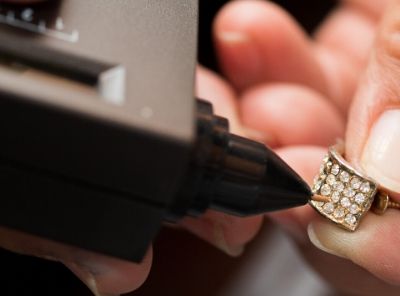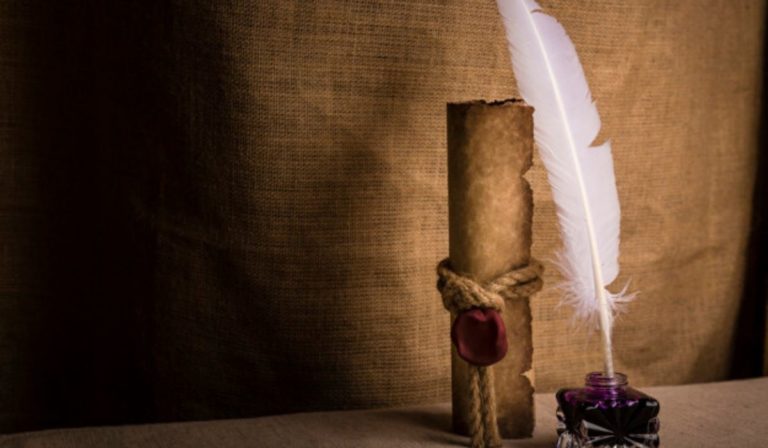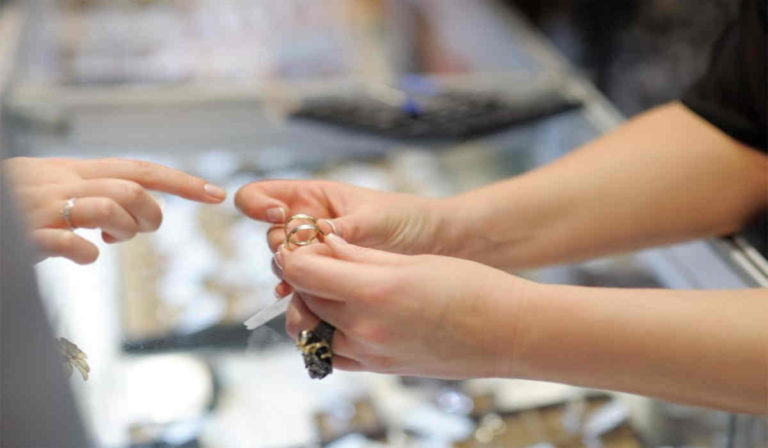Are you a diamond lover? Can you find a real diamond from a bunch of resembling stones? Do you know how to tell a diamond simulant from a real diamond?
The journey to find the perfect diamond is never easy. It demands a significant amount of time investment to search the best diamond and then buying it. Further, in the quest to find a diamond, it is actually difficult to determine if a diamond is real or fake.
Simulated diamond jewellery is on the rise. Manufacturers have gained the necessary skills to produce alternatives for diamonds. These are commonly known as the simulants. People are increasingly shifting their interest to buying diamond simulants. But, it’s tough for most of the people to tell a diamond simulant from a real Diamond.
But don’t worry. Our guide will help you to know how both these options vary. Continue to read how you can distinguish a diamond simulant from a real diamond.
What are Diamond Simulants?
Diamond simulants, aka fake diamonds, are stones resembling the real diamonds. But, they differ in their physical characteristics and chemical composition. Further, diamonds simulants are not as same as synthetic diamonds. Synthetics are man-made, but they have the same chemical makeup as real diamonds. Comparatively, Simulated diamonds are not made up of carbon. Moreover, their properties are different from those of the real diamonds. (Source)
Diamond Simulants – Overview
Natural diamond simulants are nature-born and not man-made. However, they are relatively rare. The most common diamond simulant is Colourless Zircon. It is also popularly known as the “inferior” diamond. Further, colourless topaz and beryl are also natural diamond simulants. But, their mass extraction and production are impossible as they contain many inclusions. Thus, the majority of diamond simulants are artificial.
Today, the two most important diamond simulants are Cubic Zirconia and Synthetic Moissanite. Other popular simulated diamonds include white sapphire, zircon, and rutile. Spinel and synthetic garnet are also used as diamond imitations.
How to tell a Diamond Simulant from a Real Diamond?
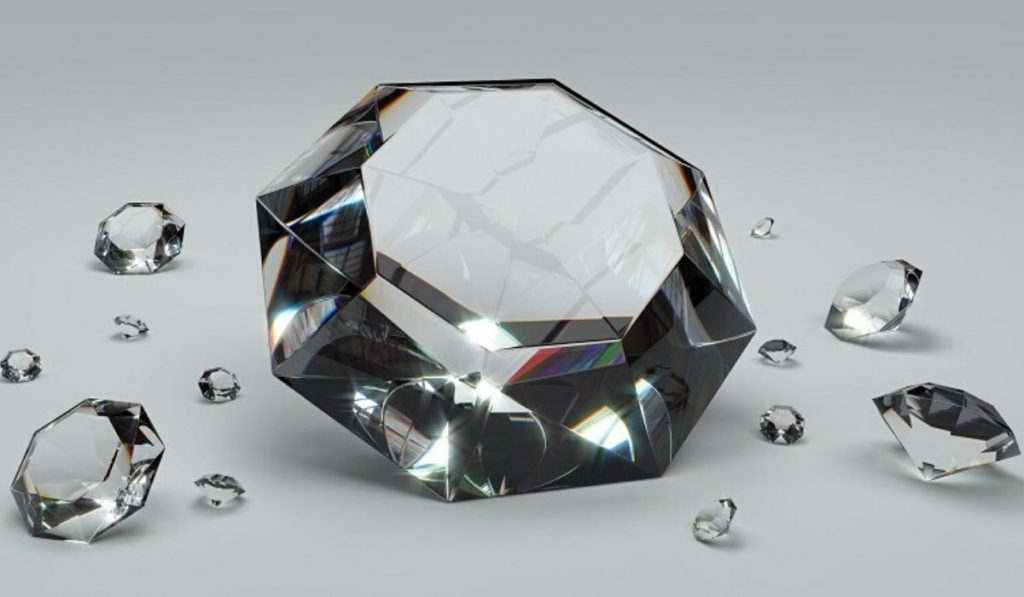
To differentiate between the real and diamond stimulant, consider the following key points:
1. CLARITY
Diamond’s clarity shows the visible inclusions present in the stone. It is also a metric to determine how prominently they are fixed. It is natural for diamonds and other gemstones to have such flaws present in them. The most common simulated diamonds have higher clarity than real diamonds. This is because these stimulants are usually created in a lab using a special process. The aim is to reduce as much as possible the number of inclusions (flaws) in a stone.
2. DURABILITY
Well, as we know, diamond is one of the hardest gemstones. Hence, no simulant can match this trait of diamonds. This is why you should expect simulated diamonds to be less durable than the real ones.
For instance, Cubic Zirconia is softer and measures around 8.5 on the Mohs scale (diamond is a 10). Hence, it gets scratch more easily. Most simulated diamonds are not much harder, if at all – many of them have a hardness rating in the 7.5-8.5 range.
3. BRILLIANCE AND LUSTER
The brilliance of simulant diamonds is different from that of the real diamonds. For instance, Moissanite and Cubic Zirconia emit more colourful sparkles as compared to the real diamonds.
4. COLOUR
Most simulated diamonds are similar in colour to real diamonds. Usually, they are white. Some stimulants can even be colourless. For instance, you can find cubic zirconia or white sapphire with no yellowish hue. Even other simulated diamonds with decent colours don’t match the most colourless diamonds.
5. COST
One of the biggest differences between stimulants and real diamonds is their price. Simulated diamonds are much cheaper, often selling at a fraction of the price of a real diamond. This is also one of the ways you can tell that you are being offered a simulant diamond. If your stone value is much lower than that of an equally big and clean diamond, the cheaper stone isn’t a diamond.
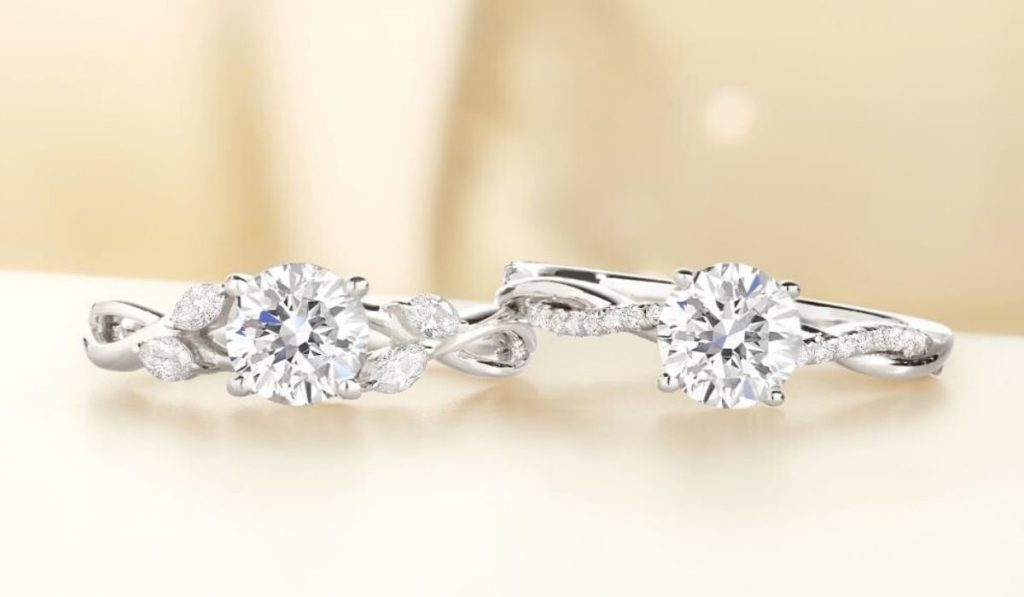
Simple ways to test whether a diamond is real or not:
Time needed: 4 minutes
How to quickly figure out whether a diamond is real or not
-
You can scratch it, heat it, or look at it through a microscope.
-
Notice the way light is getting refracted.
-
It is not possible to see through a real diamond. It is due to their brilliance and sparkling light. Diamonds are extremely sparkly because of the way they refract and bend light. Glass, quartz, and cubic zirconia may mimic a diamond’s brilliance. But, they have much lower refractive indexes.
-
Lustre of a diamond is another differentiating factor. The way diamonds reflect light is rare. A high-quality diamond will sparkle grey and white and throw off flashes of colour. Having knowledge about the diamond lustre, it’s easy to identify a real diamond.
CONCLUSION
Gemstones aren’t just occasional wear. In fact, diamonds are becoming an essential part of our lives. From flaunting your style to expressing love, diamonds are everywhere. With diamonds, anything you do or put on will turn absolutely striking.
In case you are still unable to tell a diamond stimulant from a real diamond, take the experts’ advice. Consult a gemologist before making any move. After all, it’s one of the precious possessions that you would love to flaunt.
For more such exciting blogs, keep visiting Fabulously.
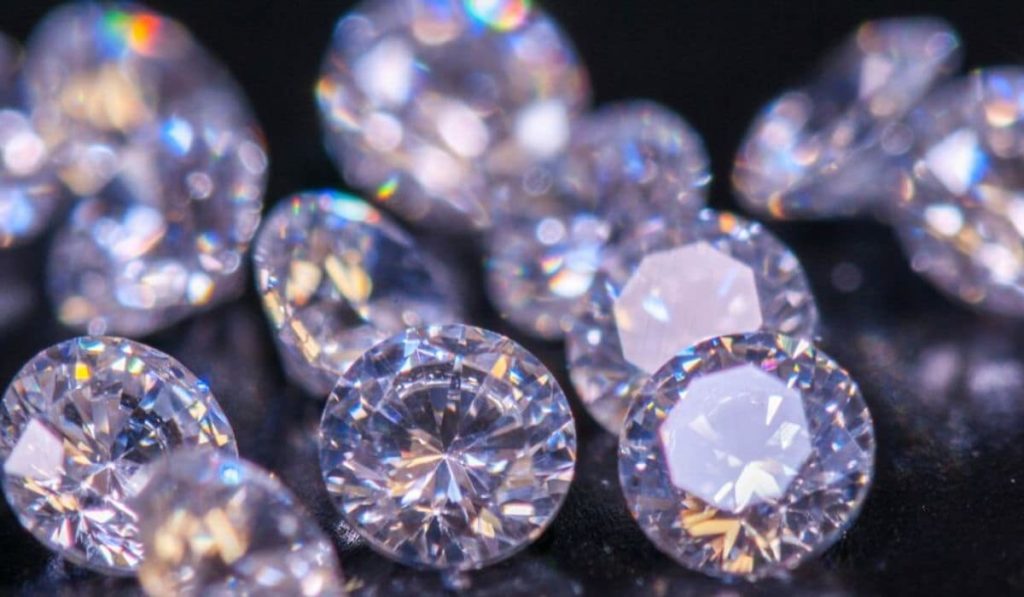
Frequently Asked Questions
Diamond simulants are found in nature. They look like real diamonds but differ in physical properties and chemical composition.
The biggest differences are price, clarity, durability, colour, brilliance, and lustre. Simulated diamonds are lesser in price, clarity, colour, and durability than the real ones
You can scratch it, heat it up, and look at it through a microscope. Also, real diamonds are extremely gleaming. This is because of the way they refract and bend light.

